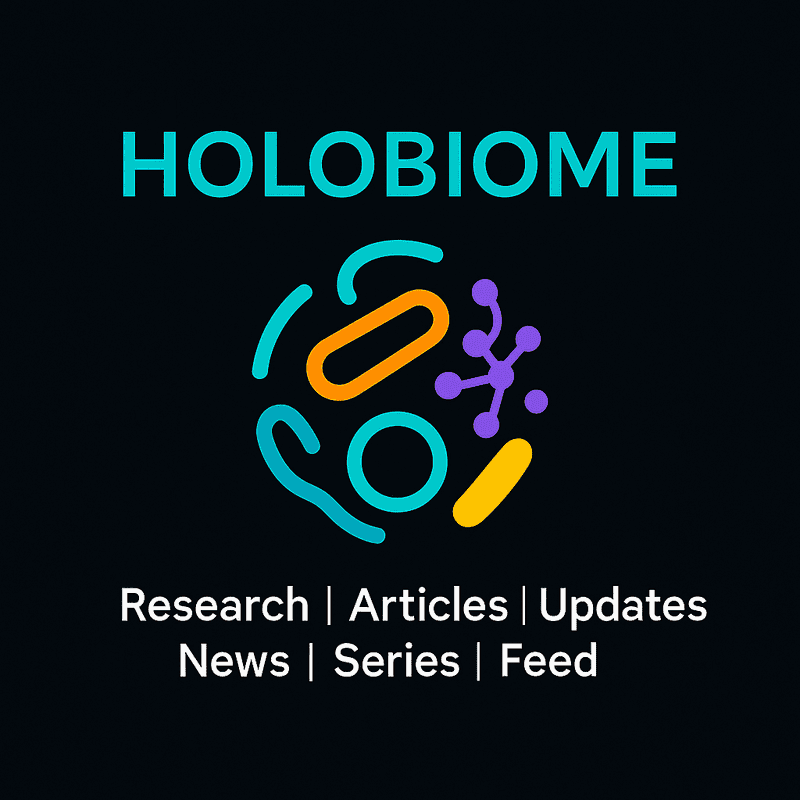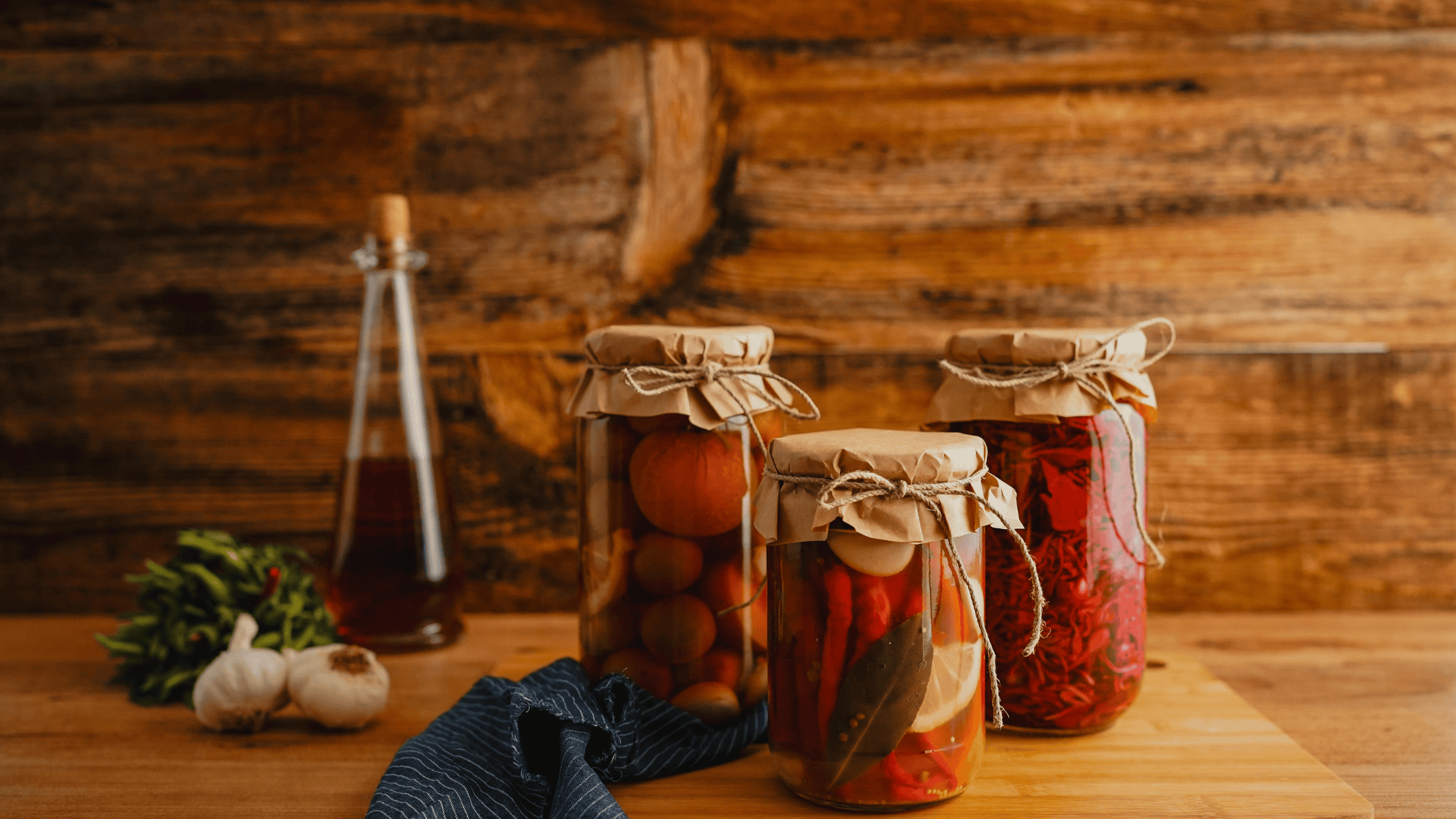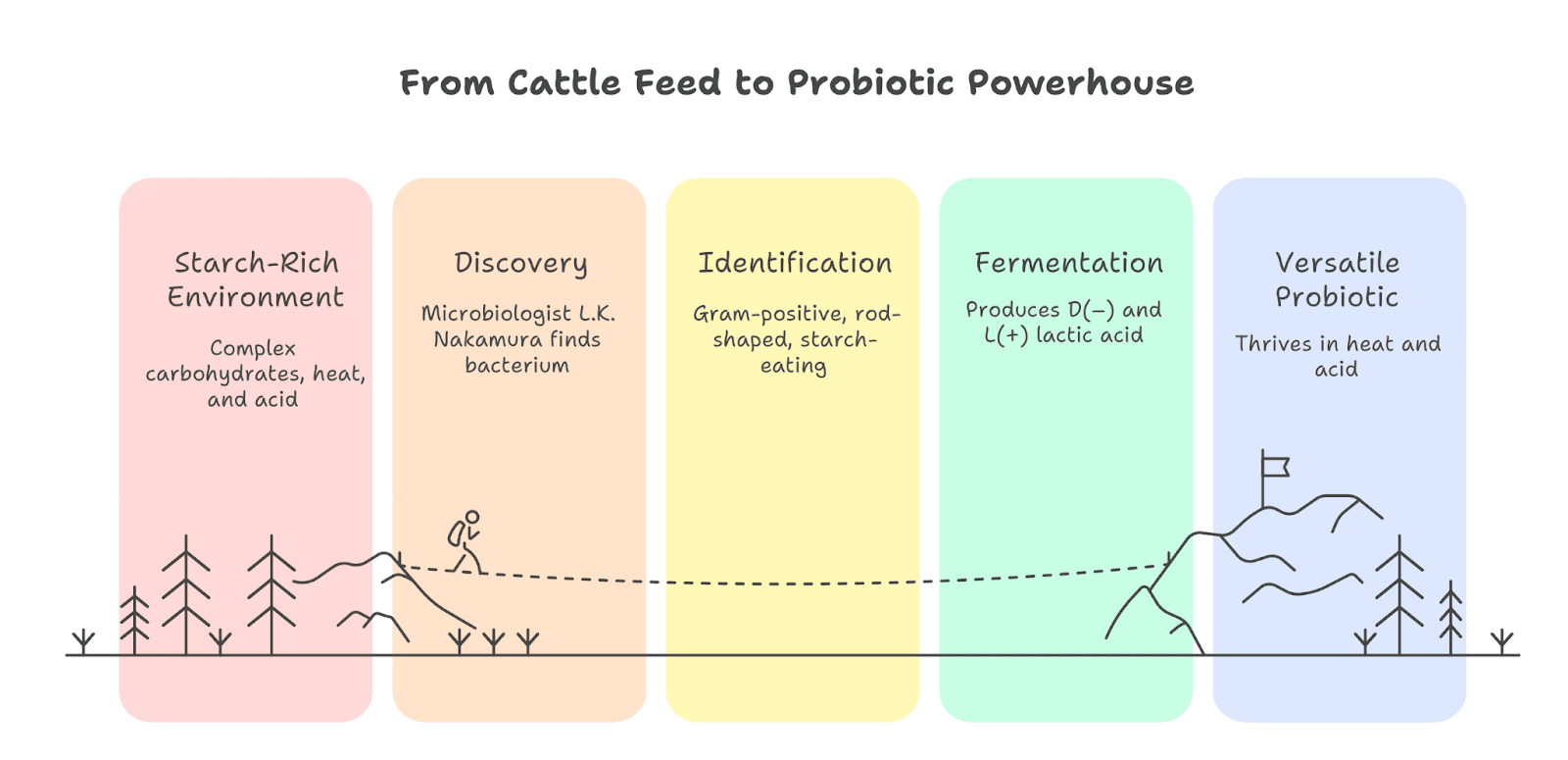Introduction
Once considered a rare disorder, Non-Alcoholic Fatty Liver Disease (NAFLD) has quietly emerged as one of the leading causes of chronic liver disease worldwide. NAFLD can develop even in individuals who drink very little alcohol, in contrast to alcohol-related liver disease (ALD).
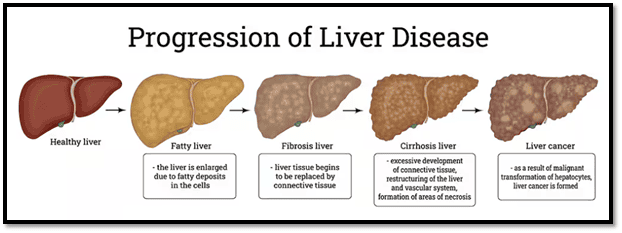
NAFLD is a metabolic liver disease characterised by excessive fat deposition—mainly triglycerides—in liver cells. The spectrum of this disease ranges from simple steatosis to non-alcoholic steatohepatitis (NASH), which can cause inflammation and scarring, sometimes progressing to cirrhosis and liver cancer.
NAFLD vs ALD: Two Faces of the Same Coin
Two major conditions stand out:
Non-Alcoholic Fatty Liver Disease (NAFLD)
Alcohol-Related Fatty Liver Disease (ALD)
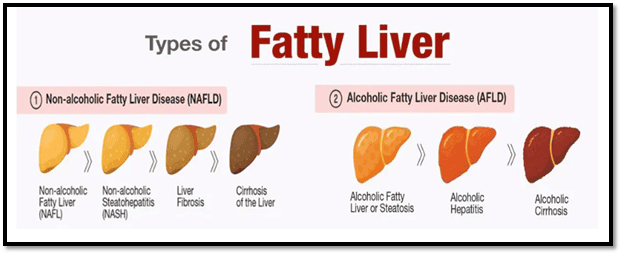
Despite their different origins—one metabolic and the other caused by alcohol intake—they share parallel pathways involving fat deposition, inflammation, and gastrointestinal imbalance.
The gut microbiome, consisting of billions of microorganisms residing in the intestines, has recently been shown to play a significant role in the development and management of various liver diseases. While NAFLD and ALD may look similar under a microscope, their causes differ.
Alcohol metabolism in ALD produces acetaldehyde and reactive oxygen species—both toxic to hepatocytes—triggering inflammation. In contrast, NAFLD results from metabolic overload, where excess calories, refined carbohydrates, and fats overwhelm the liver's capacity to process and export fat.
Although both conditions can progress to cirrhosis or liver cancer, NAFLD develops silently and is often detected incidentally during routine imaging or through mildly elevated liver enzyme levels.
LIFESTYLE & DIET: The Heart of the Problem
NAFLD is often described as the liver’s response to a lifestyle of excess. Every bite, every sip, and every step influences liver fat accumulation.
What Drives Fatty Liver?
1. Refined Carbohydrates and Sugar
Excess calories, particularly from high-energy foods and beverages containing fructose (such as packaged fruit juices, soft drinks, and sweets), stimulate de novo lipogenesis—the internal fat-making process—leading to liver fat buildup.
2. Sedentary Lifestyle
Sedentary behaviour lowers fat oxidation and insulin sensitivity, causing glucose to be converted into fat. Lack of physical activity further promotes fat accumulation.
3. Obesity and Visceral Fat
Free fatty acids released from abdominal fat stores reach the liver directly, contributing to fat deposition.
Research shows that diet quality matters more than calorie count. Even individuals with normal body weight may develop NAFLD if they consume a Western-style diet high in sugars and processed fats.
Management of NAFLD: Turning the Tide
If you are diagnosed with NAFLD, it is important to manage it promptly. With the right regimen and diet, early-stage (Grade 1) NAFLD can be reversed.
1. Weight Loss
Weight loss is one of the most effective treatments.

A 7–10% reduction in body weight improves liver fat, inflammation, and fibrosis.
Even a 3–5% reduction can significantly decrease fat accumulation.
2. Exercise as Medicine
Exercise improves insulin sensitivity and boosts fat metabolism.
Studies show that:
150 minutes of moderate-intensity exercise, or
75 minutes of vigorous activity per week
can significantly reduce liver fat—even without major weight loss.
Combining aerobic exercise with resistance training yields the best results, enhancing muscle insulin utilisation and energy metabolism.
3. The Protective Plate
Along with staying active, choosing the right foods supports both weight loss and liver health.
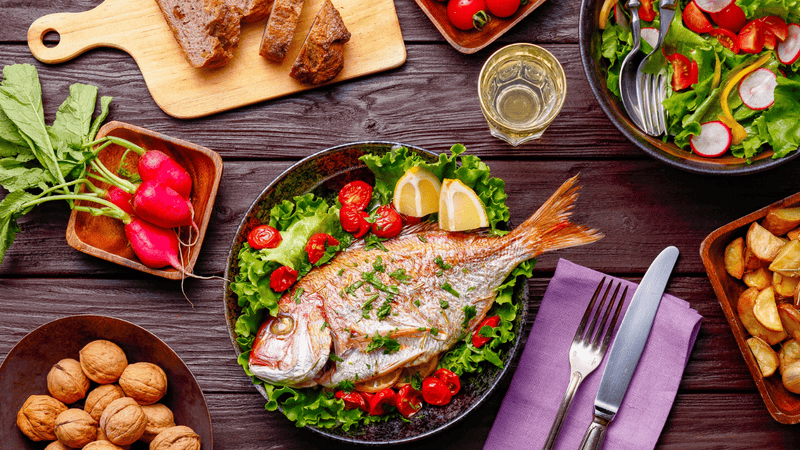
Vegetables
Prefer non-starchy vegetables such as cabbage, carrots, cauliflower, okra, radishes, spinach, turnips, tomatoes, zucchini, eggplant, and salad greens.
Grains
Choose complex carbohydrate sources like brown rice, oats, quinoa, and millets.
Proteins
Opt for plant-based proteins like edamame, lentils, and tofu, or lean animal proteins such as fish and skinless chicken.
Healthy Fats
Include healthy fats such as extra-virgin olive oil, avocados, and whole nuts and seeds (in moderation).
Foods to Avoid
Sugary foods and beverages
Alcohol
Overconsumption of starchy vegetables (e.g., potatoes, yam, peas) with refined starchy grains like white rice.
Red and processed meat
Whole-fat dairy products
Foods high in saturated and trans fats
4. Medical Monitoring
Regular monitoring helps assess liver health and metabolic risk factors.

Recommended Tests:
- Liver enzyme levels (ALT, AST)
- Ultrasound or Fibro-Scan to track steatosis and fibrosis
- Evaluation of associated conditions: diabetes, hypertension, dyslipidaemia
5. Additional Support
Long-term lifestyle changes can be challenging. Guidance from dietitians, healthcare practitioners, group activities, and motivational counselling can improve adherence and outcomes.
Prevention: Start Before the Liver Protests
Preventive measures are similar to those for metabolic syndrome:
Maintain a healthy waist circumference (less than 90 cm for men, less than 80 cm for women)
Limit sugary drinks and ultra-processed foods
Engage in regular exercise and prioritise adequate sleep.
Manage stress and screen early for diabetes
Promote public health approaches encouraging active lifestyles and balanced diets
Gut microbiome testing can also offer insights into liver and overall health, helping you manage or prevent NAFLD.
Population-wide awareness can prevent millions of future cases and reduce the global burden of liver disease.
Gut–Liver Axis: The Hidden Connection
The liver and gut are closely connected—physically, metabolically, and immunologically.
Nutrients, toxins, and microbial by-products travel from the intestines to the liver through the portal vein, directly influencing liver health.
The Role of Gut Microbiota
Disturbance in the gut microbiome can contribute to NAFLD by:
Increasing intestinal permeability, allowing toxins like lipopolysaccharides to reach the liver and trigger inflammation
Altering bile acid metabolism, affecting lipid digestion and insulin signalling
Modifying short-chain fatty acid production, which influences fat storage and inflammation
Healing Through the Gut
Modulating the gut microbiota is a promising therapeutic approach.
High-fibre diets and prebiotic foods (oats, bananas, garlic, legumes) support beneficial microorganisms.
Probiotics and fermented foods (curd, kefir, kimchi) may help lower liver enzyme levels and fat accumulation.
Future treatments may include microbiome-targeted treatments or faecal microbiota transplantation, but for now, a gut-friendly diet remains a safe and effective strategy.
Conclusion: Your Liver Reflects Your Lifestyle
NAFLD is a condition rooted in modern living—poor diet, inactivity, stress, and metabolic imbalance. Although NAFLD and ALD affect the same organ, NAFLD acts as an internal warning that your metabolic health and daily habits need attention.
The good news? Early-stage NAFLD is reversible.
A nutrient-rich diet, regular physical activity, mindful living, and a healthy gut can help restore liver health while improving overall wellness.
Remember, liver health is not just about what you drink—“It’s how you live and eat.”
-Nishmitha Bhandary
Reference
Arab, J. P., Arrese, M., & Trauner, M. (2018). Recent insights into the pathogenesis of nonalcoholic fatty liver disease. Annual Review of Pathology: Mechanisms of Disease, 13(1), 321–350. https://doi.org/10.1146/annurev-pathol-020117-043617
Chalasani, N., Younossi, Z., Lavine, J. E., Charlton, M., Cusi, K., Rinella, M., Harrison, S. A., Brunt, E. M., & Sanyal, A. J. (2012). The diagnosis and management of nonalcoholic fatty liver disease: Practice guidance by the American Association for the Study of Liver Diseases. Hepatology, 55(6), 2005–2023. https://doi.org/10.1002/hep.25762
Zhou, J., Zhou, F., Wang, W., Zhang, X. J., Ji, Y. X., Zhang, P., She, Z. G., Zhu, L., Cai, J., & Li, H. (2023). Epidemiological trends of NAFLD and NASH: A global perspective. Frontiers in Medicine, 9, 10029946. https://pmc.ncbi.nlm.nih.gov/articles/PMC10029946/.
Safari, Z., & Gérard, P. (2019). The links between the gut microbiome and non-alcoholic fatty liver disease (NAFLD). Fundamental & Clinical Pharmacology, 33(4), 462–477. https://link.springer.com/article/10.1007/s00018-019-03011-w
Tilg, H., & Moschen, A. R. (2010). Evolution of inflammation in nonalcoholic fatty liver disease: The multiple parallel hits hypothesis. Hepatology, 52(5), 1836–1846. https://doi.org/10.1002/hep.24001
Buzzetti, E., Pinzani, M., & Tsochatzis, E. A. (2016). The multiple-hit pathogenesis of non-alcoholic fatty liver disease (NAFLD). Metabolism, 65(8), 1038–1048. https://pmc.ncbi.nlm.nih.gov/articles/PMC6334080/
Leung, C., Rivera, L., Furness, J. B., & Angus, P. W. (2016). The role of the gut microbiota in NAFLD. Nature Reviews Gastroenterology & Hepatology, 13(7), 412–425. https://pmc.ncbi.nlm.nih.gov/articles/PMC7468507/
Carstensen, J., & Balakrishnan, M. (n.d.). Non alcoholic fatty liver disease.
